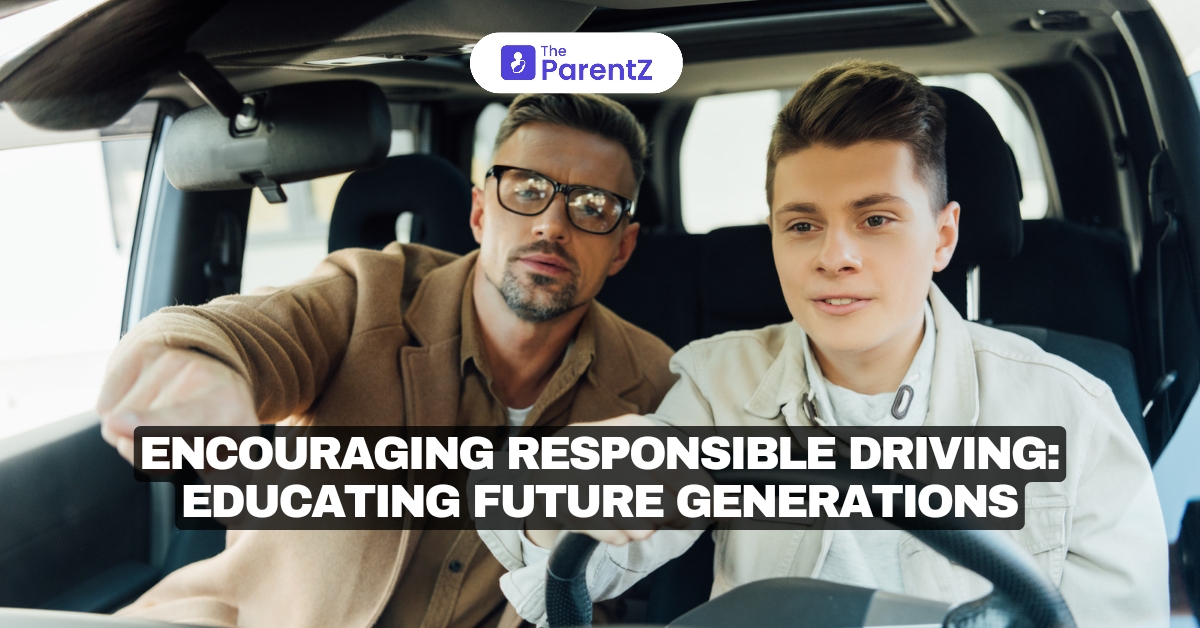Driving is an important milestone in a young person's life as it symbolizes freedom and independence. However, with this freedom comes immense responsibility. As parents, encouraging a culture of responsible driving in our children is crucial. This involves comprehensive driving education that goes beyond basic skills and knowledge. Here, we will explore effective strategies for teaching our kids about responsible driving, covering essential rules, regulations, and practical tips that will prepare them for a lifetime of safe driving.
The Importance of Driving Education
Driving education is not merely about passing a test but about instilling a mindset of safety and responsibility. Comprehensive driver education programs provide young drivers with a strong foundation in road safety, traffic laws, and vehicle operation. Research shows that students who participate in formal driver education are more likely to understand the consequences of impaired driving and make safer choices behind the wheel.
Key Components of Driving Education
- Understanding Traffic Laws: Teaching children the basic traffic laws is essential. They should learn the meanings of traffic signs and signals, the importance of speed limits, and the rules for right-of-way. For instance, a red light means stop, while a green light indicates go. Emphasizing the importance of obeying these signals can significantly reduce accidents.
- Defensive Driving Techniques: Defensive driving is a proactive approach that helps drivers anticipate and respond to potential hazards. Please encourage your child to maintain a safe following distance, be aware of their surroundings, and always be prepared to react to the unexpected. Discuss scenarios such as handling aggressive drivers or what to do in case of sudden weather changes.
- Vehicle Control and Maintenance: Teach your child how to operate the vehicle safely. This includes adjusting mirrors, understanding blind spots, and knowing how to use turn signals. Additionally, instill the importance of regular vehicle maintenance, like checking tire pressure and oil levels, which can prevent breakdowns and accidents
- The Consequences of Poor Choices: Discuss the serious repercussions of reckless driving behaviors, such as speeding, distracted driving, and driving under the influence. Make sure your child understands that these actions can lead to fines, license suspension, or even imprisonment. This knowledge can help them make better decisions while behind the wheel.
Practical Tips for Teaching Your Child to Drive
- Start with Simple Tasks: Begin your driving practice in a safe, low-traffic environment. Gradually introduce more complex driving situations as your child gains confidence and skill. For instance, start with parking maneuvers and then progress to driving in residential areas before tackling busy streets.
- Plan Your Routes: Before heading out, plan your driving routes. Avoid high-traffic areas during peak hours initially. This will help your child focus on driving without the added pressure of navigating heavy traffic.
- Encourage Communication: Build an atmosphere where your child feels comfortable discussing their driving experiences. Please encourage them to express their fears or uncertainties. This not only builds their confidence but also allows you to address any misconceptions they may have about driving.
- Set a Good Example: Children learn by observing their parents. Model responsible driving behaviors, such as obeying speed limits, using turn signals, and avoiding distractions like mobile phones. Discuss your driving choices and the reasons behind them, reinforcing the importance of safe driving practices.
- Practice Regularly: Consistency is key in developing driving skills. Aim for regular practice sessions, incorporating various driving conditions, like night driving, highway driving, and adverse weather conditions. This exposure will prepare your child for real-world driving scenarios.
Conclusion
Fostering a culture of responsible driving in our children is a vital aspect of parenting. By providing comprehensive driving education, emphasizing the importance of safety, and modeling responsible behaviors, we can equip our children with the skills and mindset necessary for safe driving. Remember, your goal is not just to train them how to drive but to instill a sense of responsibility that will last a lifetime. By investing time and effort into their driving instruction, we can help shape them into conscientious drivers who prioritize safety on the road.









Be the first one to comment on this story.